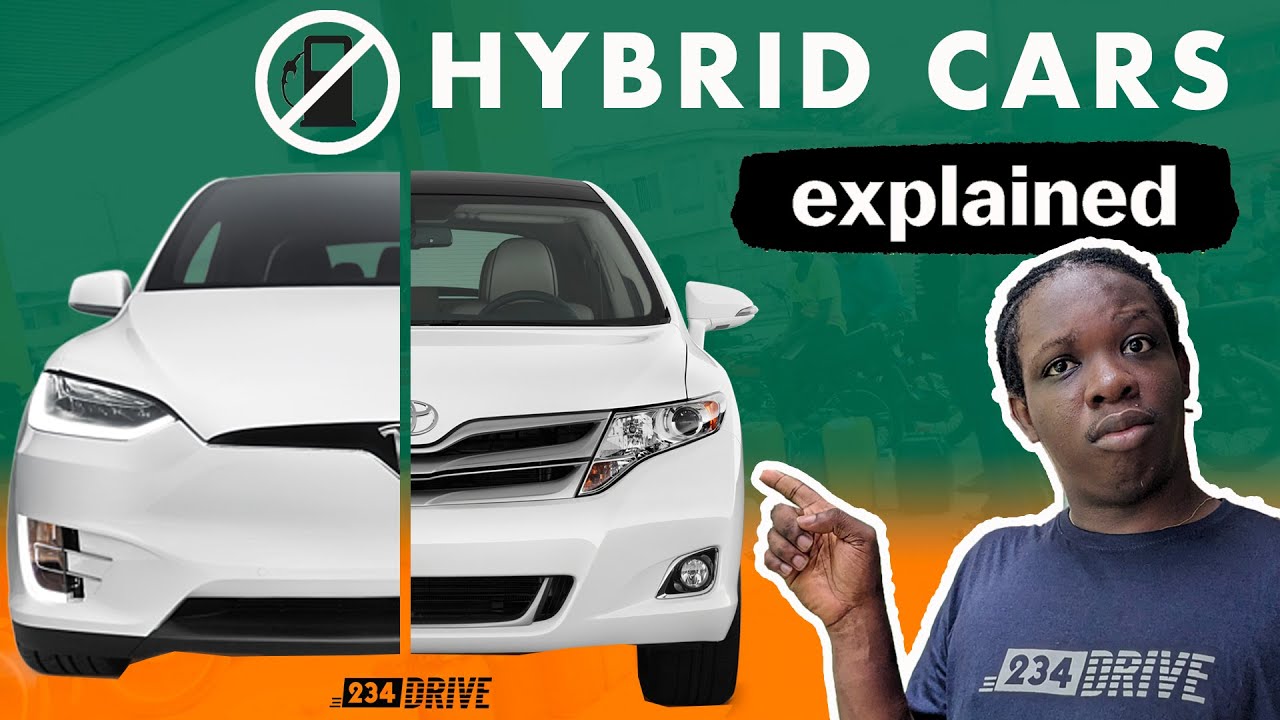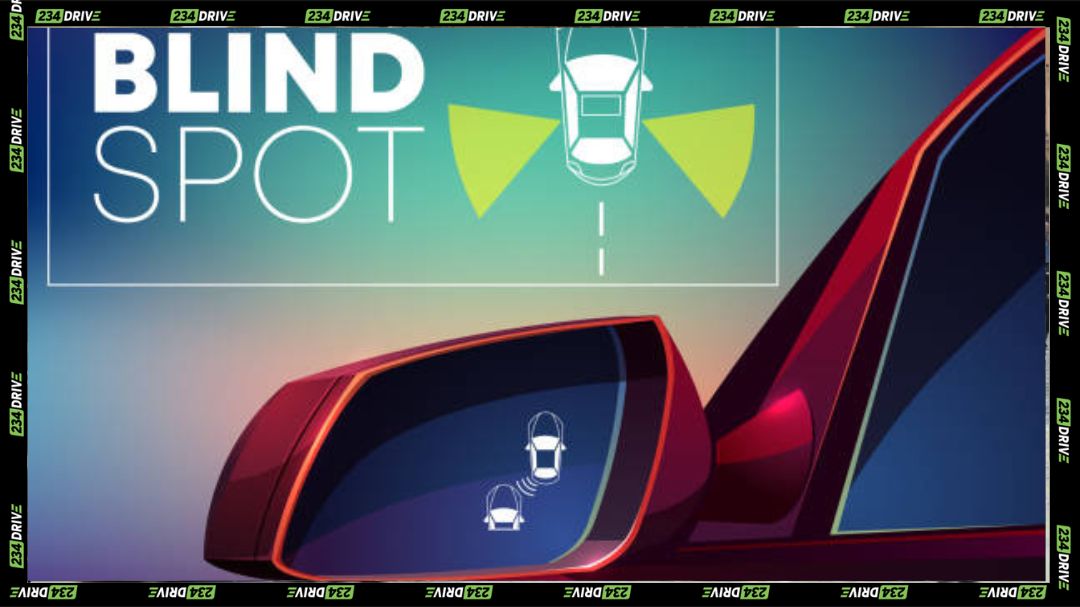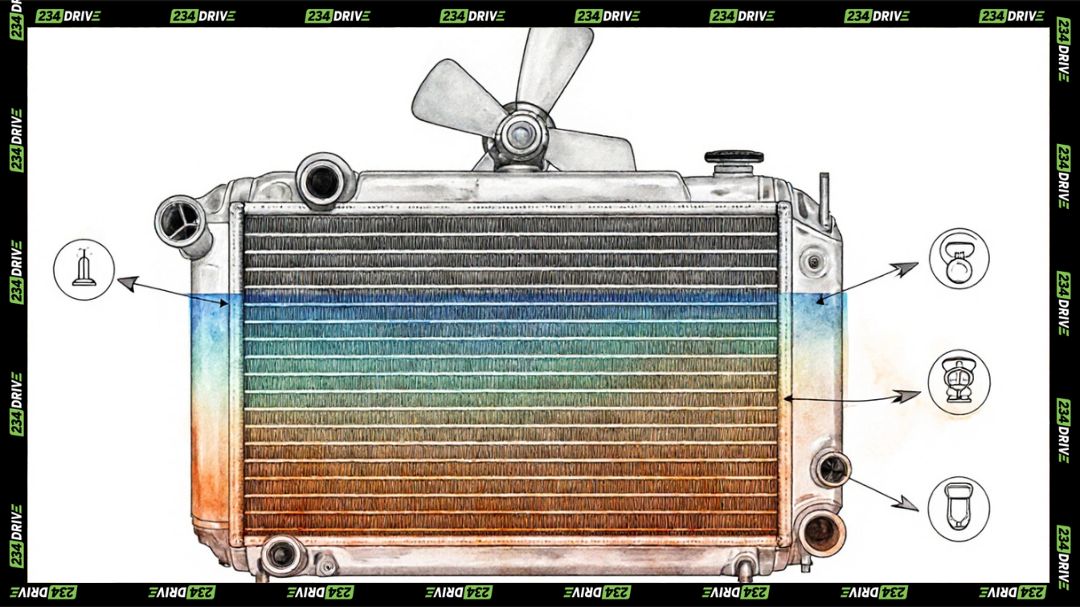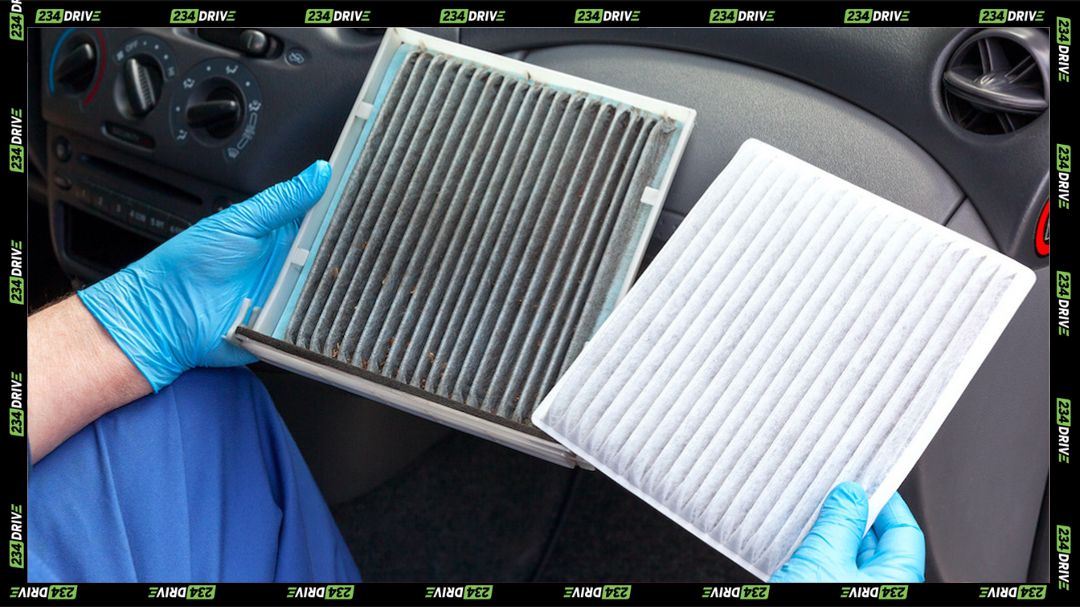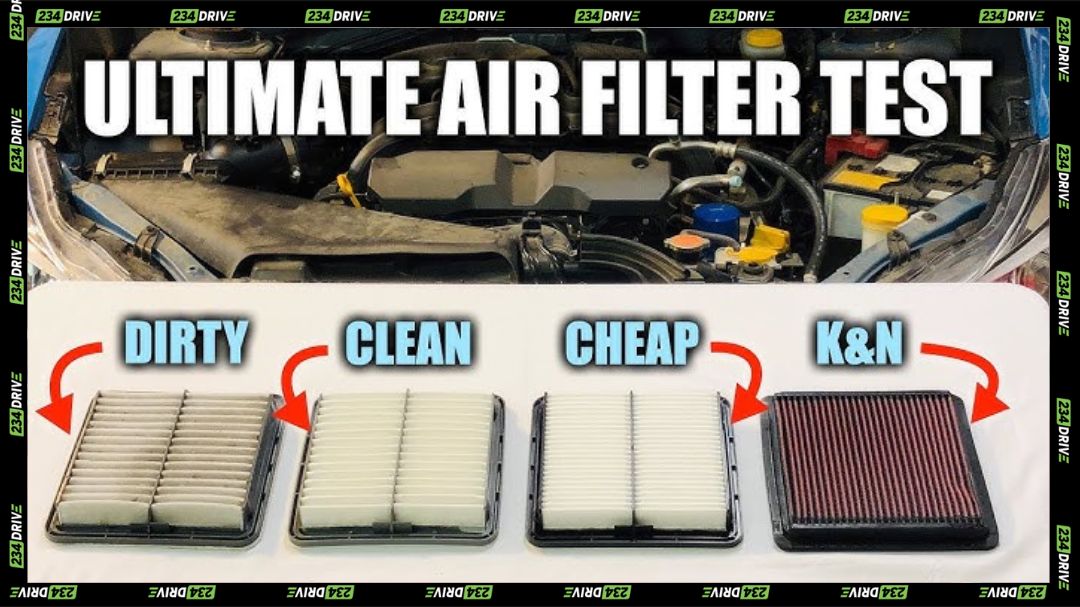Dashboard lights might seem like random icons at first, but they carry serious meaning. Whether you’re cruising in Lagos traffic or making your way through a pothole-ridden road in Enugu, understanding what those dashboard symbols mean can help you avoid breakdowns and major repairs.
In this post, we’ll break down the most important car dashboard warning and indicator lights, what they mean, and what actions you should take. Let’s get into it.
Types of Dashboard Symbols
Dashboard symbols fall into two main categories, each with its own level of urgency and relevance to safe driving:
- Warning Lights: These lights signal that something needs your immediate attention. They often indicate faults or issues that could affect your car’s safety or mechanical condition. Think of them as your car’s way of saying, “Stop and check this out right now.”
- Indicator Lights: These are informational symbols that show a system is active or that a condition is normal but worth noting. For example, they may tell you that your fog lights are on or that cruise control is engaged.
Understanding the colour coding can help you prioritise your response:
- Red: Indicates a serious issue or safety risk. This colour demands immediate action—pull over and investigate.
- Yellow/Orange: Suggests caution. While not as urgent as red, these lights mean something needs attention soon.
- Green/Blue: These are purely informational, indicating that systems like headlights or turn signals are active.
In Nigerian conditions, where poor road maintenance and extreme weather can take a toll on vehicles, being able to interpret these symbols correctly is vital. Let’s break down the most common dashboard symbols and what they mean for you as a Nigerian driver.
Common Dashboard Warning Lights (And What to Do)
Oil Pressure Warning Light
- Symbol: Oil can icon
- Meaning: Low oil pressure.
- Action: Stop the car immediately, check your oil level, and top up if necessary. If it doesn’t go off, see a mechanic. Low oil can destroy your engine.

Engine Temperature Warning Light
- Symbol: Thermometer in water
- Meaning: Your engine is overheating.
- Action: Pull over, allow the engine to cool, and check coolant level. Continuing could cause serious engine damage.

Battery Alert Light
- Symbol: Battery icon
- Meaning: Charging system issue (could be alternator or battery).
- Action: Have your battery and alternator tested ASAP. Your car could shut down if not resolved.

Brake System Warning Light
- Symbol: Circle with exclamation mark or the word “BRAKE”
- Meaning: Parking brake is on, low brake fluid, or brake system issue.
- Action: First, check if the handbrake is engaged. If not, inspect brake fluid or visit your mechanic.

Tire Pressure Warning Light
- Symbol: Exclamation mark inside a tyre
- Meaning: One or more tyres have low pressure.
- Action: Inflate tyres to correct PSI. Driving on low pressure reduces fuel economy and increases risk of blowouts.

Check Engine Light
- Symbol: Engine icon or “CHECK ENGINE”
- Meaning: Engine or emissions issue.
- Action: If steady, book diagnostics soon. If flashing, stop driving – it could be a misfire causing damage.

Airbag Warning Light
- Symbol: Person with a circle
- Meaning: Airbag system fault.
- Action: Don’t ignore this – if you get into a crash, the airbags may not deploy. Get it checked.

ABS Warning Light
- Symbol: Letters “ABS”
- Meaning: Anti-lock braking system issue.
- Action: Normal braking will work, but ABS won’t engage in emergencies. Have it checked.

Other Useful Warning Lights
Some dashboard lights aren’t as common but are still very important. These include alerts like the transmission temperature light, which warns when the gearbox is overheating—especially useful in Nigerian traffic jams or hilly roads. Diesel cars also have a Diesel Particulate Filter (DPF) warning light that signals when the filter is clogged. If ignored, both can lead to major repairs. Always pay attention to them.
Transmission Temperature Light
- Symbol: Gear with thermometer
- Meaning: Transmission overheating.
- Action: Pull over, let it cool, and check transmission fluid.
Diesel Particulate Filter (DPF) Warning Light
- Symbol: Dotted filter box (for diesel cars)
- Meaning: DPF is clogged.
- Action: May need a long drive at high speed to clear. If it persists, visit a workshop.

Common Dashboard Indicator Lights
These lights are generally green or blue and simply inform you about systems that are currently active.
Fog Lamp Indicator
- Symbol: Headlight with wavy lines
- Meaning: Fog lights are on.
- Tip: Use only in foggy conditions.
Low Fuel Indicator
- Symbol: Fuel pump icon
- Meaning: Time to refuel.
- Tip: Don’t let it run dry – it can damage your fuel pump.
Seat Belt Reminder
- Symbol: Person with belt
- Meaning: Someone isn’t buckled up.
- Tip: Buckle up – seatbelts save lives.
Turn Signal Indicators
- Symbol: Left/right arrows
- Meaning: Blinkers are active.
- Tip: Make sure they cancel after turning.
High Beam Indicator
- Symbol: Headlight with straight rays
- Meaning: High beams are on.
- Tip: Avoid blinding other drivers.
Cruise Control Indicator
- Symbol: Speedometer with arrow or similar
- Meaning: Cruise control is engaged.
- Tip: Use it on long highway drives to reduce fatigue.
Nigeria-Specific Tips
- Bad Roads: Keep an eye on tyre pressure and suspension warning lights if you drive in areas like Lagos-Ibadan expressway.
- Heat: In northern cities like Kano, overheating is common. Always watch that engine temperature light.
- Fuel Quality: Due to varying fuel quality, check engine lights may appear more often. A scanner tool can help you diagnose it.
- Imported Cars: Symbols may differ in left-hand drive imports from the US vs. right-hand UK models. Always check the owner’s manual.
Final Thoughts
Understanding car dashboard symbols can save your engine, your brakes, or even your life. Don’t ignore them — especially red ones. If a warning light pops up, act fast. Keep a physical or digital copy of your owner’s manual handy, and don’t hesitate to ask your mechanic.
Stay safe, and stay alert on the road.




